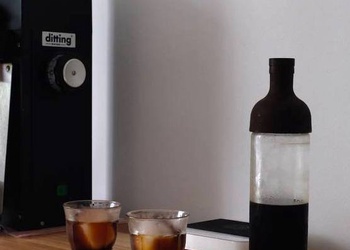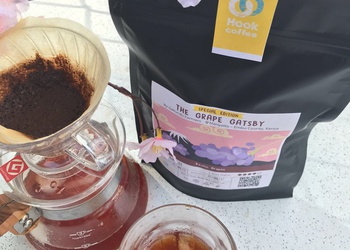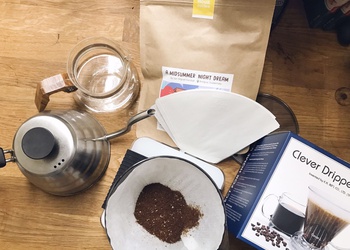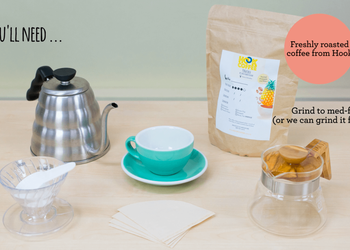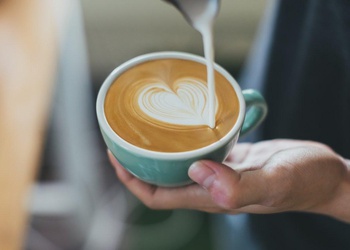THEHOOKBLOG
Coffee Fuelled Thoughts, Stories and Ideas
Cold Brew and Cold Coffee
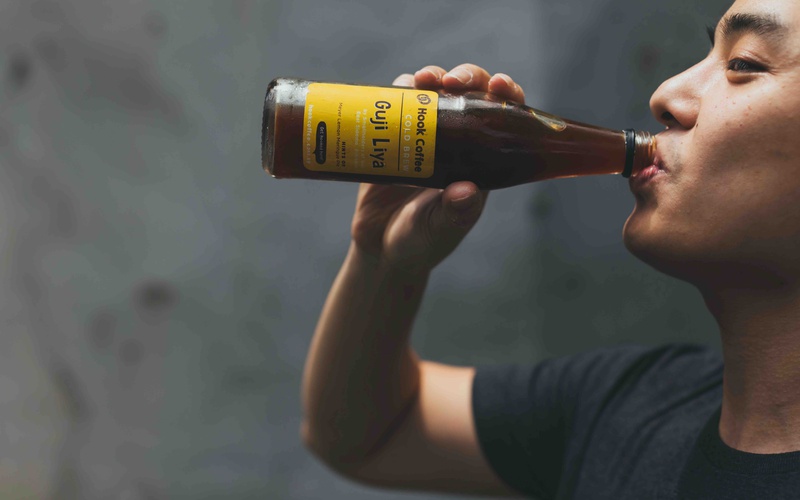
Over the past decade, cold brew took the stage as a new standard for coffee refreshment. We see it bottled, on tap, in cartons, or slowly brewing in turn-of-the-century glass mechanisms at specialty cafes. It can be enjoyed with milk, cream, or with a variety of other tasty concoctions. Cold brew can pair well with almost any cocktail base. It can even be used as a concentrate to be added in food or other signature beverages. If you are curious of the hype...well, just know that if done right, cold brew is tasty. Real tasty. Today's blog will discuss the topic of cold brew and some of its critiques.
What is Cold Brew?
For those unfamiliar, cold brew is what is sounds like. It is essentially coffee brewed cold. [Cold brew is actually brewed at room temperature most of the time, but ROOM TEMPERATURE brew doesn't sound as good, hence cold brew.]
What Cold Brew is Not
As described earlier, cold brew isn't just cold coffee. It is coffee that is brewed cold (or rather room tempetarure, it won't brew well with cold water). There are different cold coffee recipes out there. For instance, the Japanese Iced method is a brewing process that incorporates ice to slow down volatility. Japanese Iced coffee is brewed normally (aka hot water - using almost any brew method) into a decanter full of ice. The ice is measured in correlation to the brew ratio and final volume. The Japanese Iced method was created to make brewed coffee less volatile. Volatility is the process of gases and aroma leaving the coffee, and thus decreasing flavor. Something hot is more volatile than something that is cold. In other word, flavor diminishes quicker in volatile liquids. Japanese Iced coffee retains more of coffee's flavor by cooling it down immediately. As soon as the hot coffee drips onto the decanter full of ice, it becomes less volatile. It's kind of like a flavor trapping process.
Cold Brew Alchemy
Cold brew can be made using an immersion or drip method.
Immersion: can be done using the Toddy method. The coffee slurry is left in the toddy for 2-24 hours and then strained through a cloth or paper filter. Attributes: like standard immersion brew methods, immersion cold brew has a juicy, heavy mouthfeel. Brew colloids (coffee particles) are abundant in immersion methods and add more body to mouthfeel.
Drip: similar to a pour over, water drips onto a coffee bed - that water drips through a filter and into a decanter. Like most cold brew recipes, it takes 2-24 hours to complete a brew cycle. If you're interested, try using a Yama dripper. Attributes: cleaner than immersion cold brew. Clarity and depth of flavor supersedes creaminess and mouthfeel. For a quick and conveninet way, you can simply use a French press if you have one, and we we at Hook Coffee can even grind it to the right grind size for your cold brew coffee. Here is a post we wrote previously on how to do it!
Arguments against Cold Brew
Many argue that cold brew really isn't worth the hype. If measured with a TDS meter or refractometer, many cold brew recipes seem to come out under extracted. Critics of cold brew state that the amount of coffee needed to brew properly isn't viable, that it's not sustainable, and that it's inconvenient. If you've ever had bad cold brew, you'll maybe agree with critics' sentiments. Bad cold brew tastes watery, sour, and tannic or metallic (like cough syrup to be very frank). Many shops substitute the cold brew method with the Japanese Iced process. The Japanese Iced method requires less coffee to brew, and it takes minutes, not hours, to complete a brew cycle.
What we think
We like both. Here's why: -Cold brew, and cold brew concentrate is a versatile beverage. As stated earlier, it can be added to many beverages and it tastes splendid. -When brewed at lower temperatures, coffee contains smaller amounts of sucrose, chlorogenic acid, acetic acid, and quinic acid. Because of this, cold brew is not as prone to bitter and astringent tastes. -Japanese Iced coffee doesn't take long to brew. Cold brew takes hours to brew. Since time isn't as much of a factor with Japanese Iced coffee, it is much easier to dial in. Cold brew can be difficult to perfect. -Japanese Iced coffee can be brewed with familiar brew methods. Nothing extra needs to be obtained or purchased. There is quite a bit of confusion surrounding the topic of cold coffee. Cold brew is just one of the ways coffee can be enjoyed cold. We at Hook enjoy it and we absolutely condone experimentation. See what you think! Try cold brew and compare it to other cold coffee methods. Explore and create! P.S. We recently did a batch of cold brew coffees at the Hook HQ using Guji Liya, and it tasted incredible. However, it got sold out really fast! If you like priority on our next brew, drop your interest here! 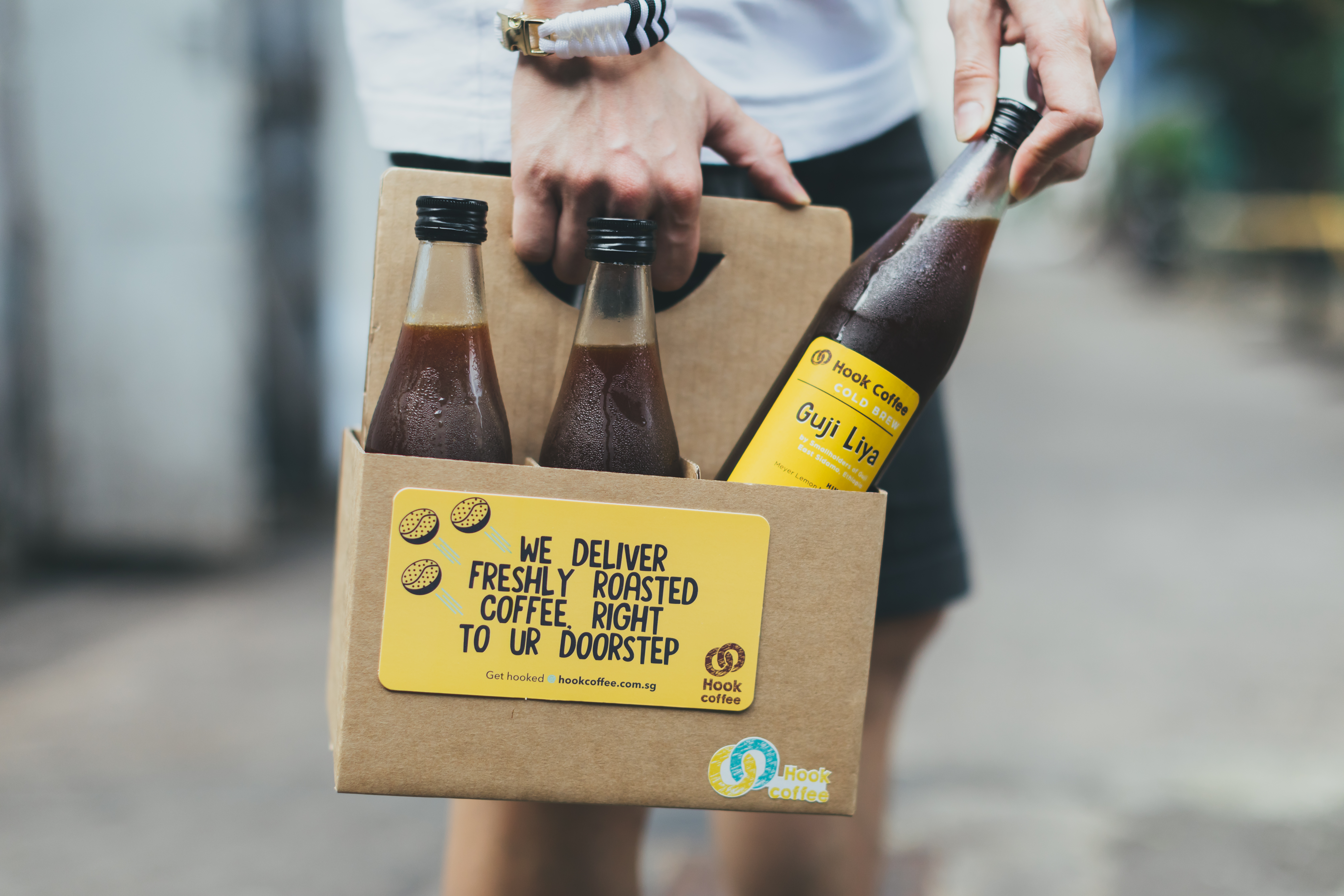 Happy (cold) brewing! The Hook Coffee Team
Happy (cold) brewing! The Hook Coffee Team
